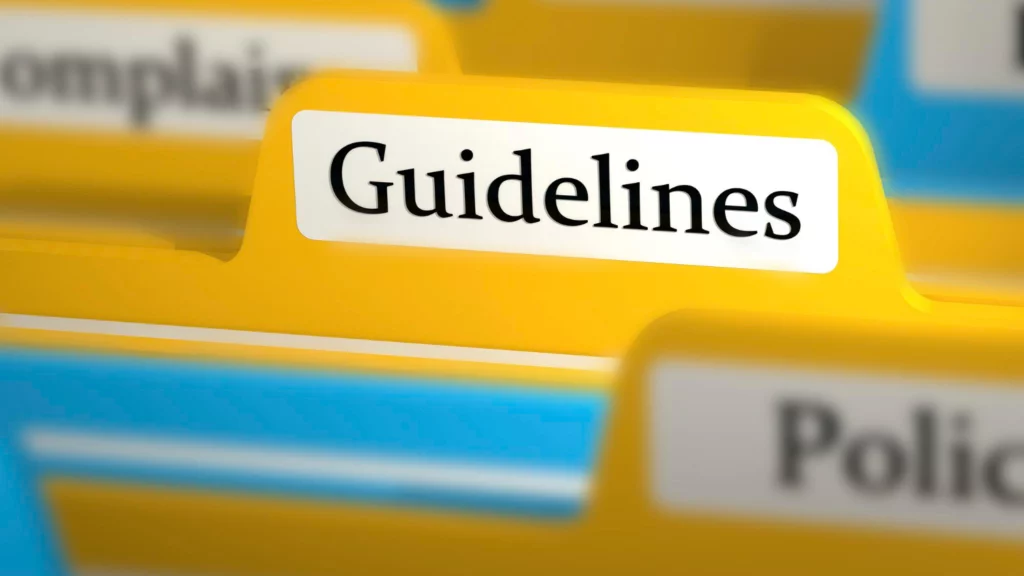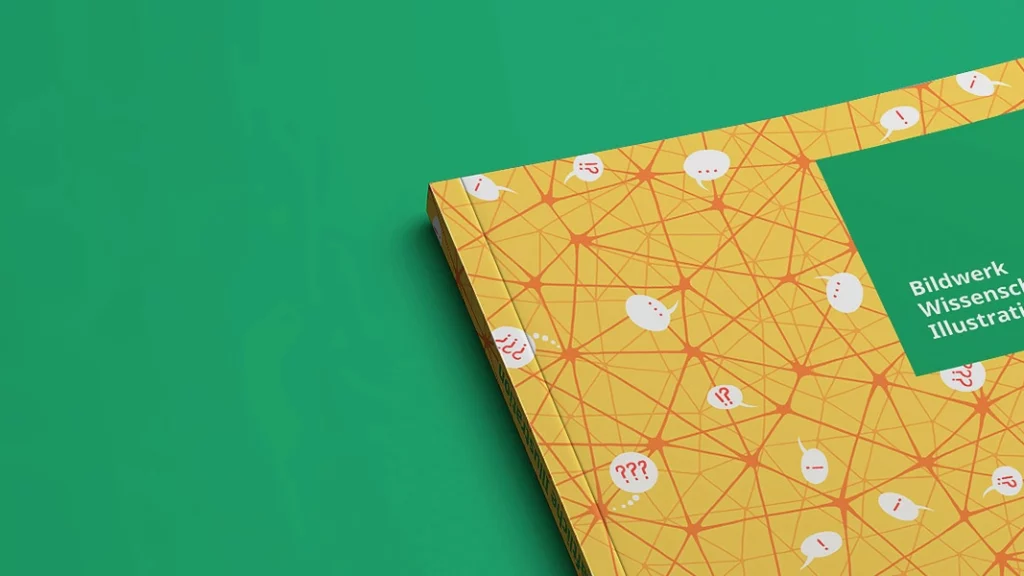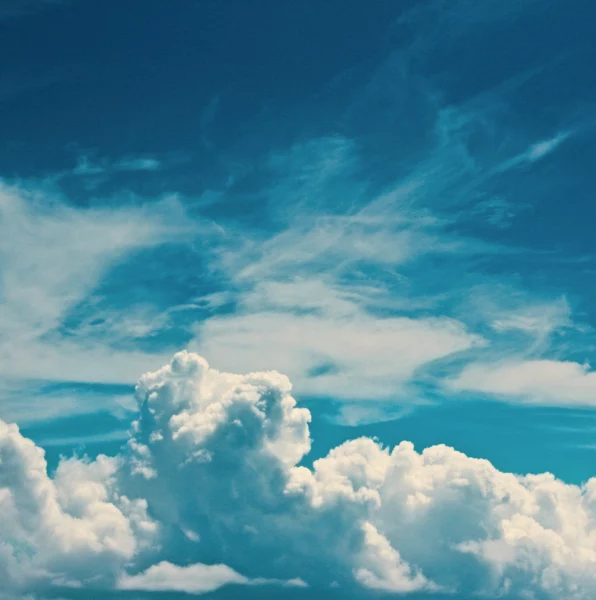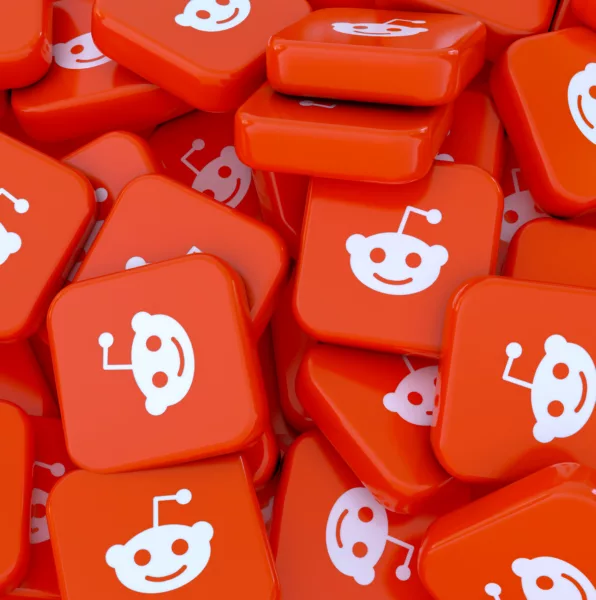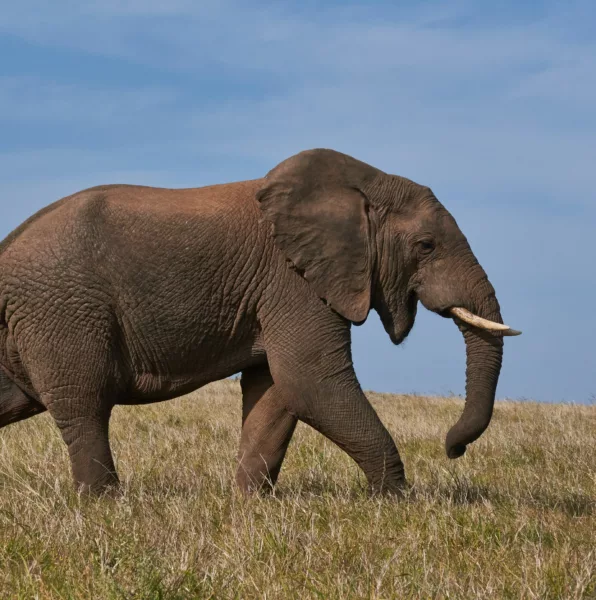Nadia Dmitrieva is a Russian geologist who became a journalist and is now working as a Press Information Officer at a Physics Institute in Novosibirsk. In her job profile she gives insights on how she got into science communication and which obstacles she has to deal with in communication.
Im Profil: Nadia Dmitrieva
Career ladder, springboard or carousel – how did you get into science communication?
Surprisingly, my way into science communication started in early childhood: my parents worked in the biosphere reserve in Kamchatka, in Russian Far East. I grew up surrounded by untouched nature and thus, what I lacked in communication, I made up by observing and investigating my surroundings and opening up new world. For me I am still doing the same, by doing science communication and — opening new worlds to other people.
I did my master’s degree in regional geology and worked as a researcher at the Sobolev Institute of Geology and Mineralogy in Novosibirsk. But I was interested in more intense and wider communication with people other than just my co-workers in the lab, so I started a part-time job as a journalist at the local newspaper. This job was connected mostly to news but a significant part of my articles were about science and education. This came quite natural because the world-famous scientific centre Novosibirskiy Akademgorodok is the place where I work and live.
By 2015, my transition into science communication had advanced to the next level as a science communicator at the Computational Transcriptomic and Evolutionary Bioinformatics Lab at Novosibirsk State University. To complete my science communication development and transition, I began to work as a science journalist for the official newspaper of the Siberian Branch of the Russian Academy of Sciences two years later. This job implied covering a lot of research and educational issues using different media formats. Also, as a freelance journalist I also did a joint feature with Davide Michielin, an Italian colleague for Le Scienze, the Italian edition of Scientific American, about Siberian Fires.
In order to focus on one field, I became the Press Information Officer at the Rzhanov Institute of Semiconductor Physics SB RAS, which is one of the largest institutes in the Novosibirsk Science Centre. This Institute conducts both basic research and applied studies.
Which are the biggest challenges in your job and why is it still worth it?
One of the biggest challenges in my job is to break down scientific findings in order to make them understandable for non-specialists.
Another challenge is to show different role models in science. I think it’s important that researchers of different gender or age, with various specializations and working in different positions appear on TV programs and other media outlets like blogs and on social media have the chance to talk about their interests, experiences, and the difficulties they face.
What are your wishes for the future of science communication?
I would also be happy to see scicomm strengthened in my country so that lay people understand science better and apply critical thinking. I would like them not to be afraid of asking questions instead of just waiting for answers.
From your point of view, how is science communication different across different countries?
Today in Russia, science communication is developing and growing, especially compared to a nosedive in the 1990s. In Soviet times, educational and popularization activities were very strong, but it was not scicomm in the modern sense. Now not only big scientific organizations, like universities or research institutes develop the scicomm landscape. Nowadays also scipop media, science museums, and people who have popular science blogs are playing a significant role in the field of scicomm in Russia. I hope this trend continues. Also, society in general is interested in science. For example, according to one of the biggest Russian TV channels, the most popular news from my city, which is broadcasted for the whole country, is precisely: science news.
As for science communication in other countries: I can rely on my observations and analysis of social media pages of universities, museums, news, blogs and vlogs and on the experience of my acquaintances and friends who work in science or scicomm abroad. 
For example, in the Netherlands, university professors have special training on how to communicate with students to reach maximum efficiency. It is not an example of science communication with a broad audience, but I think there is a lack of this sort of scicomm in our country. The second thing is connected with outreach activities: as I know that in the UK such activities are very strong and aim to reach the broadest possible audience or work with children to inspire them to choose a career path in science. It would be great to see more activities of this kind in my country.
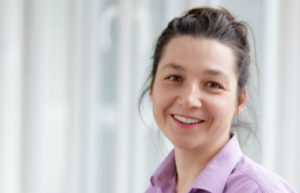
Nadia Dmitrieva holds a Master in Geology and worked as a Journalist for several years. She now is Press Information Officer at the Institute of Semiconductor Physics SB RAS, which is one of the largest institutes in the Novosibirsk Science Centre.

